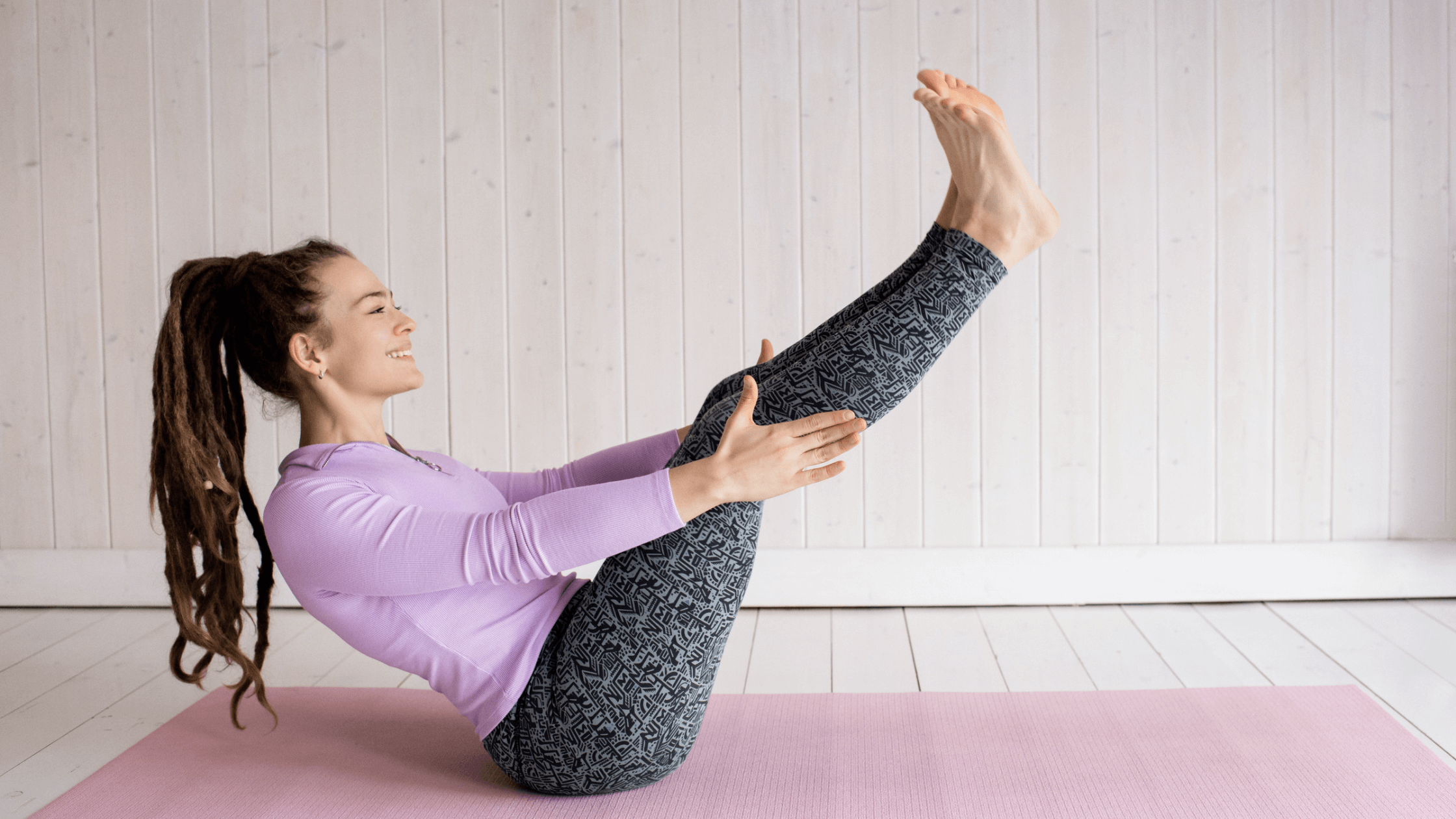Is Pilates Good For Athletes? Benefits and How To Get Started

Licensed Physical Therapist, PT, DPT // Clinical Director, EW Motion Therapy Trussville // EW Yoga Instructor // EW Motion Therapy Trussville
Pilates is a form of exercise that has gained popularity among athletes and fitness enthusiasts in recent years. Pilates was developed in the early 20th century by Joseph Pilates, who believed that mental and physical health were closely connected. Pilates emphasizes core strength, proper breathing, and controlled movements to improve posture, balance, flexibility, and overall physical and mental well-being. All these would benefit athletes, but many may not realize that Pilates would be an excellent wellness practice in addition to regular workout routines. Pilates can be tailored to anyone of any fitness level by a skilled instructor - our Pilates team does this every day for our clients at EW Motion Therapy. Even if you decide not to begin a Pilates practice with us, you can still read on to learn why athletes might not think Pilates is suitable for them, the benefits of Pilates for athletes, and some tips on getting started.
Why would athletes believe Pilates isn’t suitable for them?
Athletes may believe that Pilates is not suitable for them for several reasons:
- Not intense enough: Athletes may assume that Pilates is not a rigorous enough workout to provide the physical challenge they need to improve their performance. They may believe that Pilates is primarily a gentle, low-impact exercise and not suitable for athletes who need high-intensity training.
- Not sport-specific: Athletes may believe Pilates is not sport-specific and, therefore, not directly applicable to their chosen sport. They may think that Pilates exercises do not mimic the movements and demands of their sport, thus not improving their performance.
- Not effective for building muscle: Athletes may believe Pilates is not practical for building muscle mass and strength, which is necessary for some sports. They may think Pilates only focuses on core strength and flexibility and does not provide enough resistance to build muscle.
These beliefs are often based on misconceptions about Pilates. Pilates can be a highly effective form of exercise for athletes when properly integrated into their training regimen. Pilates can help improve core strength, flexibility, and balance, enhancing an athlete’s overall performance and reducing the risk of injury. Additionally, Pilates can be adapted to be sport-specific, challenging, and effective for building muscle mass and strength.
Benefits of Pilates for athletes
Pilates offers a range of benefits for athletes that can help improve performance, prevent injuries, and enhance recovery. Here are some of the key benefits of Pilates for athletes:
- Improves core strength and stability: Pilates focuses on strengthening the core muscles, which are essential for providing stability and support to the body during physical activity. By developing core strength, athletes can improve their balance, coordination, and control, which can help them perform better in their sports or fitness activities.
- Enhances flexibility and range of motion: Pilates exercises consist of movements that can help improve flexibility and range of motion. By increasing flexibility, athletes can reduce the risk of injury and improve their overall performance.
- Reduces the risk of injury: Pilates emphasizes proper alignment and controlled movements, which can help athletes avoid common injuries such as strains, sprains, and muscle imbalances. Athletes can also reduce the risk of chronic injuries such as back pain by improving posture and alignment.
- Enhances recovery: Pilates exercises can be gentle and low-impact, making them an excellent option for athletes recovering from injuries. Pilates can help improve circulation, reduce inflammation, and promote relaxation, aiding recovery.
- Reduces stress and promotes mental well-being: Pilates emphasizes controlled breathing and mindfulness, which can help reduce stress and promote mental well-being. By incorporating Pilates into their fitness routine, athletes can improve their mental focus, reduce anxiety, and enhance their overall well-being.
Getting started with Pilates
If you're interested in incorporating Pilates into your fitness routine, there are a few steps you can take to get started:
- Find a qualified instructor: To ensure that you're performing Pilates exercises correctly and safely, working with a qualified instructor who can provide guidance and feedback is essential. Look for an instructor certified by a reputable Pilates organization such as the Pilates Method Alliance.
- Start with a beginner class: If you're new to Pilates, it's best to start with a beginner class that will introduce you to the basic principles and movements of Pilates. As you become more comfortable with the exercises, you can gradually increase the intensity and complexity of your workouts.
- Invest in quality equipment: While Pilates can be performed without equipment, investing in quality equipment such as a thick Pilates mat, resistance bands, and a Pilates ball can enhance your workouts and provide additional resistance and support.
- Be consistent: Like any exercise, Pilates requires consistency to see results. Aim to incorporate Pilates into your fitness routine at least two to three times a week to experience the benefits, depending on how much your body can tolerate.
Pilates is an excellent option for athletes and fitness enthusiasts looking to improve their core strength, flexibility, and overall physical and mental well-being. By incorporating Pilates into their fitness routine, athletes can reduce the risk of injury, enhance recovery, and improve their performance. If you're interested in trying Pilates, start by finding a qualified instructor and taking a beginner class to get started. We offer multiple Pilates 101 classes throughout the week at EW Motion Therapy that are perfect for beginners, and our instructors are certified with our in-house training program. If you want to learn more about Pilates, click the button below to download our answers to 20 frequently-asked Pilates questions.

